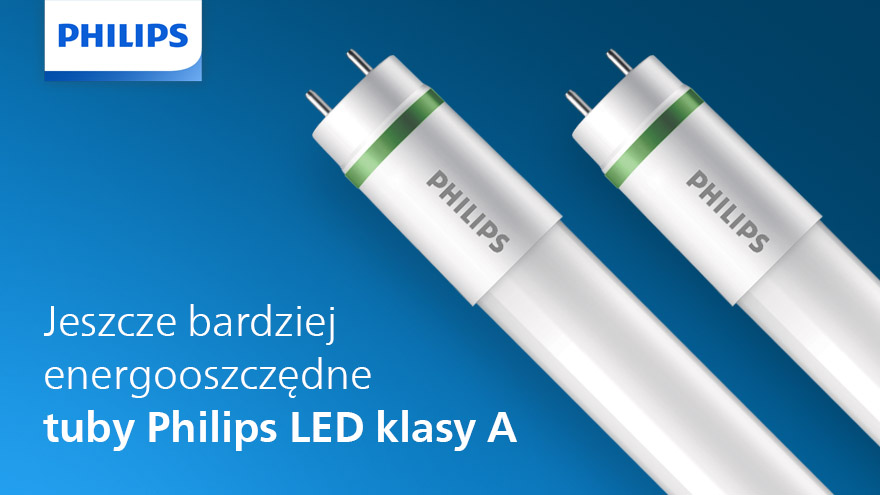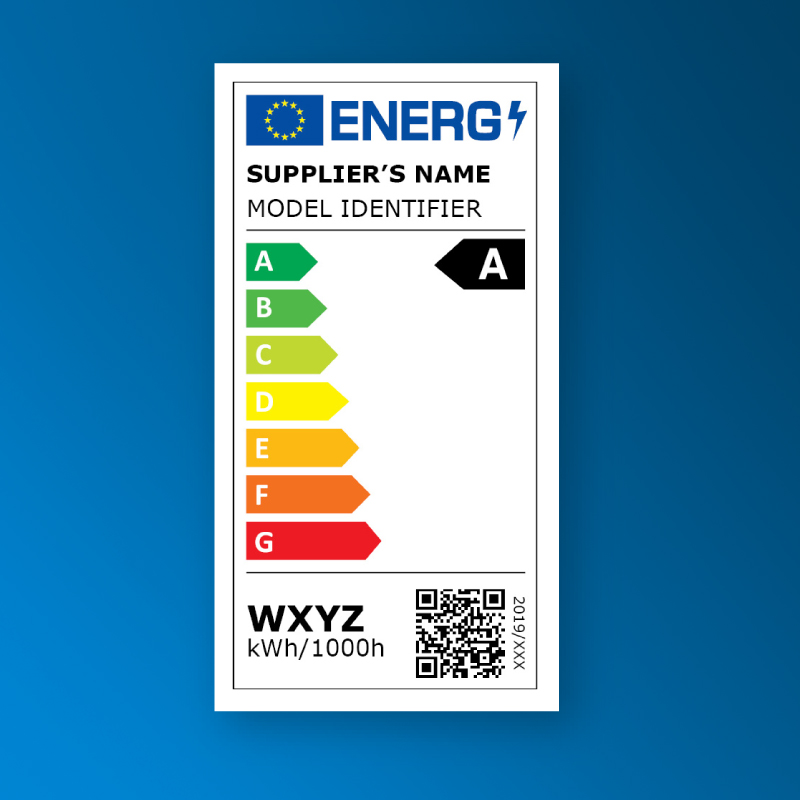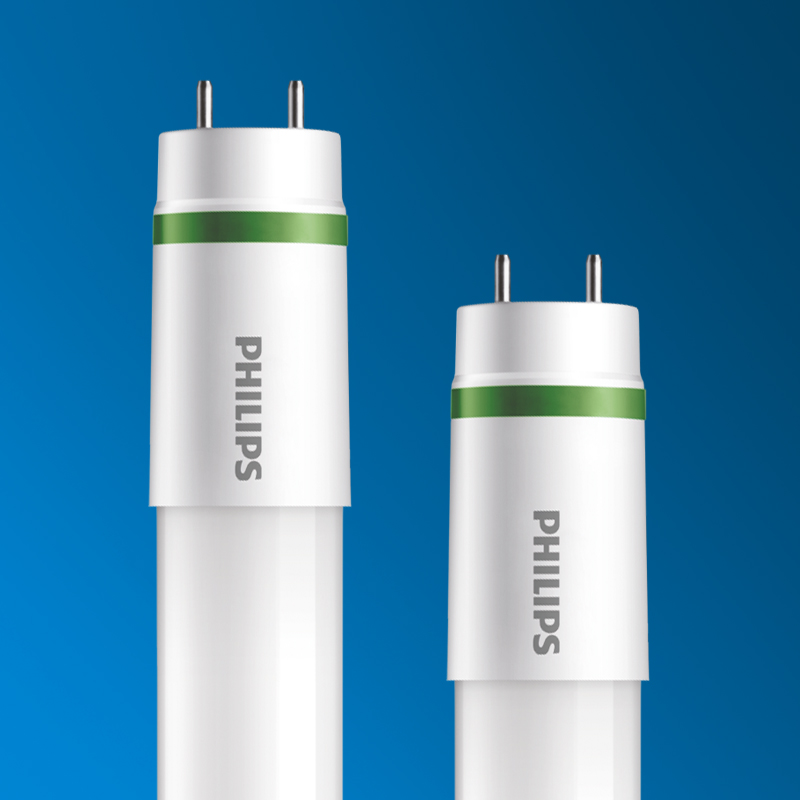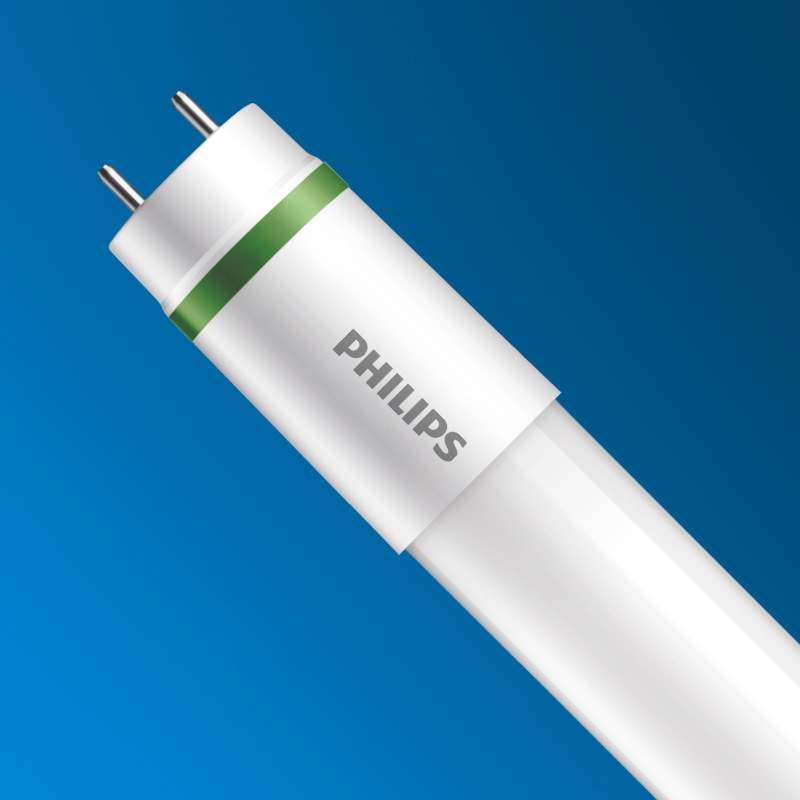Electricity can be cheaper if we produce it in an ecological way and use every kilowatt hour economically. The new Philips Class A LED tubes are the answer to these needs - instead of the standard 30,000, they can glow for 100,000 hours, while consuming much less energy than existing solutions.

What is energy class A now?
 Few lighting products are classified in class A today. After the European Commission changed the criteria for labeling energy efficiency in 2021, most devices that were previously marked with the first letters of the alphabet are now classified in categories F and G. The plus symbols were also abandoned because they were confusing. they are customers. Today, the most energy-efficient products are marked simply with the letter A, but the conditions that must be met for a product to be included in this category are very demanding.
Few lighting products are classified in class A today. After the European Commission changed the criteria for labeling energy efficiency in 2021, most devices that were previously marked with the first letters of the alphabet are now classified in categories F and G. The plus symbols were also abandoned because they were confusing. they are customers. Today, the most energy-efficient products are marked simply with the letter A, but the conditions that must be met for a product to be included in this category are very demanding.
Check out the LED tubes in the Onninen offer
Philips MASTER LEDtube Ultra Efficiency in numbers
In the light of this information, the introduction of highly energy-efficient Class A LED tubes to the market turns out to be quite an achievement. This is a real breakthrough on the path to more sustainable lighting!
Let's take a look at the technical parameters of Philips MASTER LEDtube Ultra Efficiency T8 :
- they are able to glow for 100,000 hours , which is over 3 times longer than standard LED tubes,
- when shining, they consume 44% less energy than standard LED tubes,
- they operate with a luminous efficiency of 210 lm/W , which makes them unrivaled on the market.
 These numbers translate into lower energy consumption and a significant reduction in CO2 emissions. We estimate that replacing an installation consisting of 100 LED tubes with Philips Class A LED tubes may translate into PLN 3,353 in savings per year. It is worth noting that the reference point for these calculations were standard Philips CorePro LEDtube LED tubes. If we modernize an outdated installation using fluorescent technology, the investment returns will be even greater, because Philips Class A LED tubes consume 70% less energy than conventional fluorescent lamps .
These numbers translate into lower energy consumption and a significant reduction in CO2 emissions. We estimate that replacing an installation consisting of 100 LED tubes with Philips Class A LED tubes may translate into PLN 3,353 in savings per year. It is worth noting that the reference point for these calculations were standard Philips CorePro LEDtube LED tubes. If we modernize an outdated installation using fluorescent technology, the investment returns will be even greater, because Philips Class A LED tubes consume 70% less energy than conventional fluorescent lamps .
Examples of lighting modernization scenarios using Philips Class A LED tubes
The latest Philips LED tubes are visually no different from the classic T8 fluorescent lamp. We will feel the difference only when we hold the product in our hands - then it turns out that the tube is made of plastic, so it can be used in places where, for safety reasons or due to the application of specific standards (e.g. HACCP), the use of glass tubes is not recommended. (risk of breakage).
Philips Class A LED tubes, like all other Philips products in this category, are equipped with classic mounting bases, so they can be easily placed in fixtures that previously used fluorescent lamps. Just remove (and then dispose of) the old fluorescent lamps and install new Class A LED Tubes. The effects of the modernization should be visible already on the first electricity invoice.
 The lamps can also be part of an integrated control system with which you can remotely manage the lighting and continuously analyze its technical condition and the amount of energy consumed. This type of solution allows you to further increase the savings resulting from lighting replacement. Thanks to sensors placed in the fixtures, the lamps can turn on and off at specific times or in response to movement or changes in daylight intensity. Thus, lighting can be used only when it is really needed, without wasting valuable energy.
The lamps can also be part of an integrated control system with which you can remotely manage the lighting and continuously analyze its technical condition and the amount of energy consumed. This type of solution allows you to further increase the savings resulting from lighting replacement. Thanks to sensors placed in the fixtures, the lamps can turn on and off at specific times or in response to movement or changes in daylight intensity. Thus, lighting can be used only when it is really needed, without wasting valuable energy.